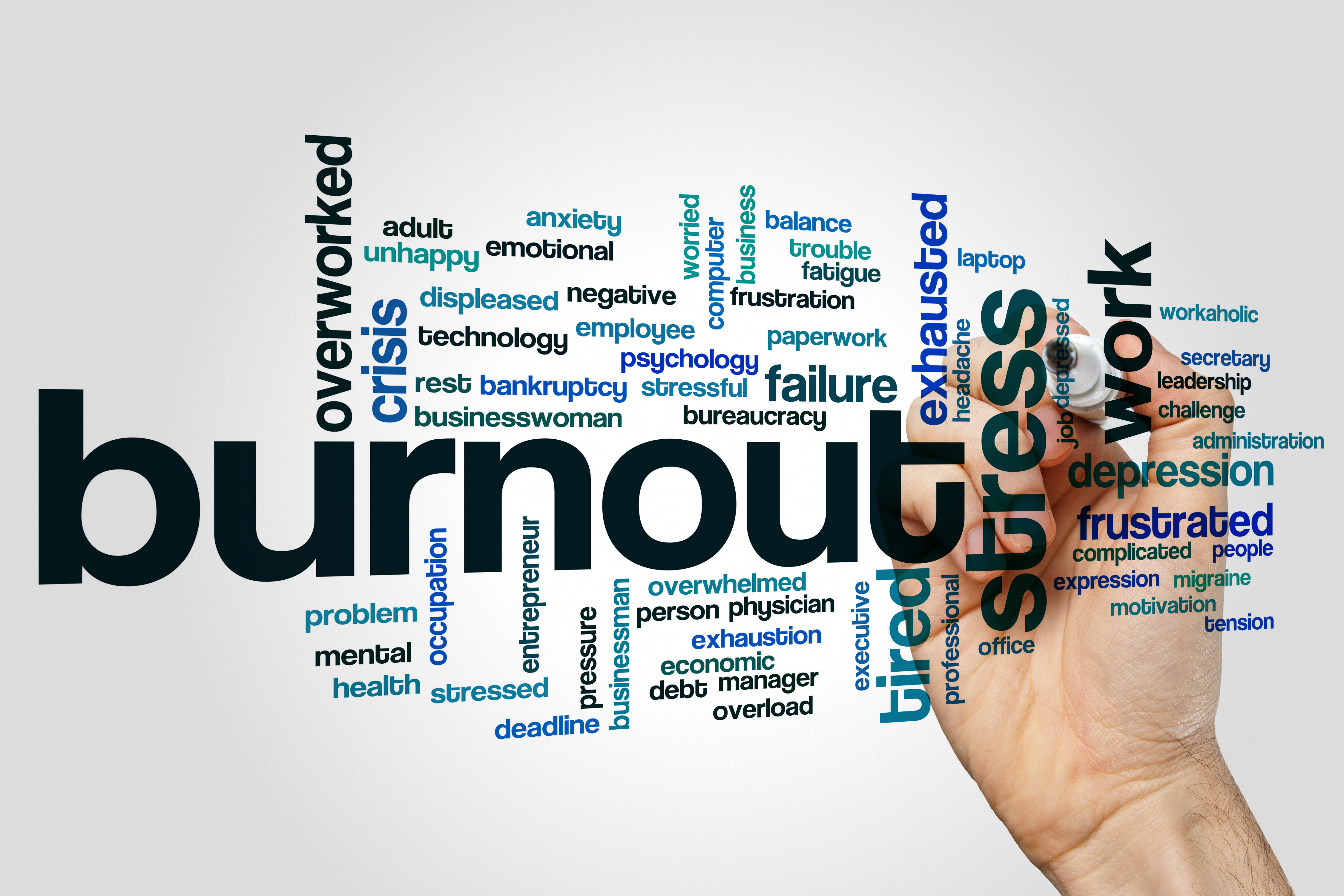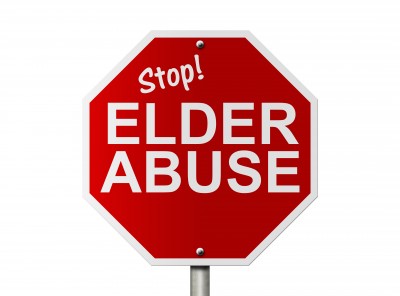The Second Pillar for Aging Services Workforce Retention: Non-Traditional Pathways for Growth and Advancement
This is the second installment in a three-part series addressing retention strategies for aging services providers.
Posts about:

This is the second installment in a three-part series addressing retention strategies for aging services providers.

In previous blogs, I've discussed the proven benefits of Dementia Live® as a powerful and effective experiential foundational training experience.

The stakes are different as the holidays arrive, especially in year #2 of the pandemic. While carols are playing, there are emotional minefields at every bend, especially for caregivers. This holiday season is a weary one for healthcare workers in the hospital setting to those serving in long-term care services.
For many, the holidays are a time of celebration and gatherings, but let us not forget those working tirelessly amid unprecedented staffing shortages and the sudden surge in COVID cases.
Research consistently reports that caregivers report much higher stress levels than the average person; it is a certainty that CNAs, PSWs, nurses, and other caregiving staff feel the additional strain of the holidays. Their professional burdens often transfer to their personal lives, leaving a domino effect of anxiety to entire families.
What can we do to honor and support caregivers this holiday (and always)?


Direct care workers are home health aides, personal care attendants, certified nursing assistants or caregivers. They provide a wide range of necessary services, include helping with activities of daily living, such as bathing, dressing and eating to helping cleaning homes, prepare meals, managing medication regimens, companionship and much more. Direct care workers play a critical role in aging services and provide the bulk of long-term care. Despite their importance, they often provide care under stressful working conditions, do not have opportunities for career advancement and are among the lowest paid workers.


It is a rare occasion when either speaking to or meeting with family caregivers that I do not have tucked away this invaluable list of signs and symptoms of caregiver burnout to share with them before I leave. My advice to caregivers is to print this list out and place in a plastic sleeve and tape it to your bathroom mirror. Every single day you should be aware of these signs - often that creep in slowly- and zap our ability to cope, quickly leading to caregiver burnout.